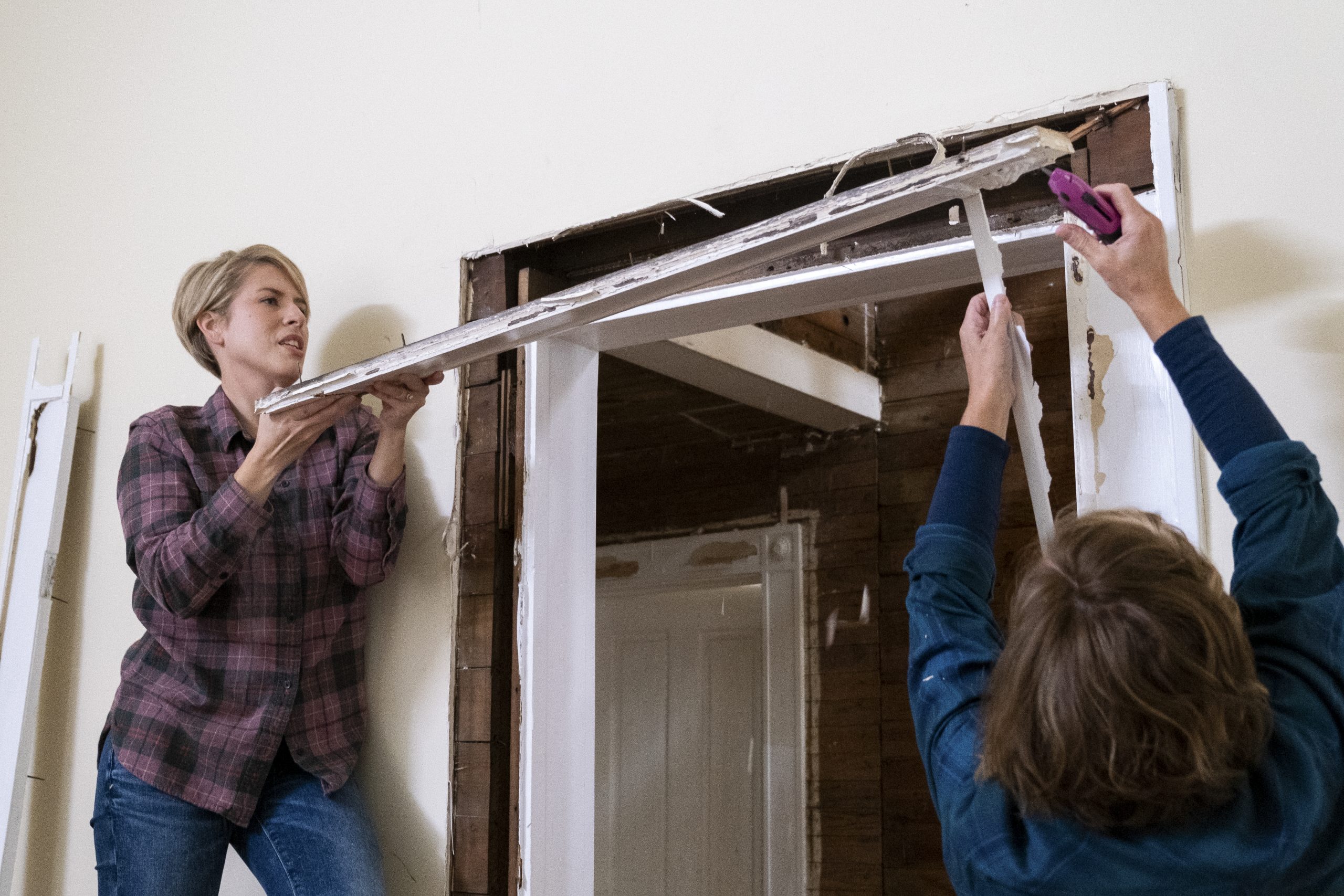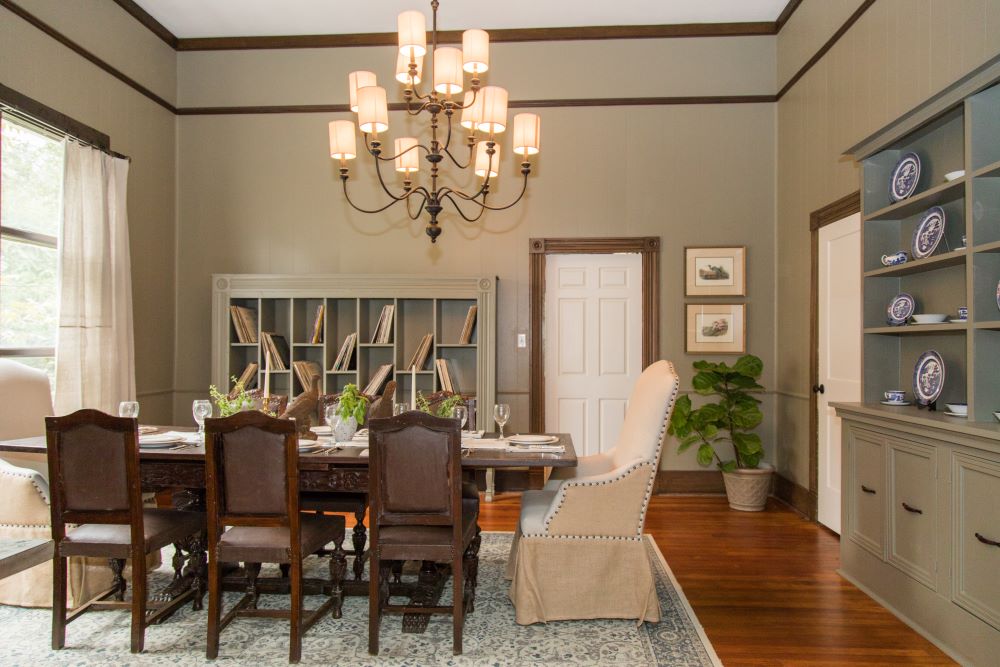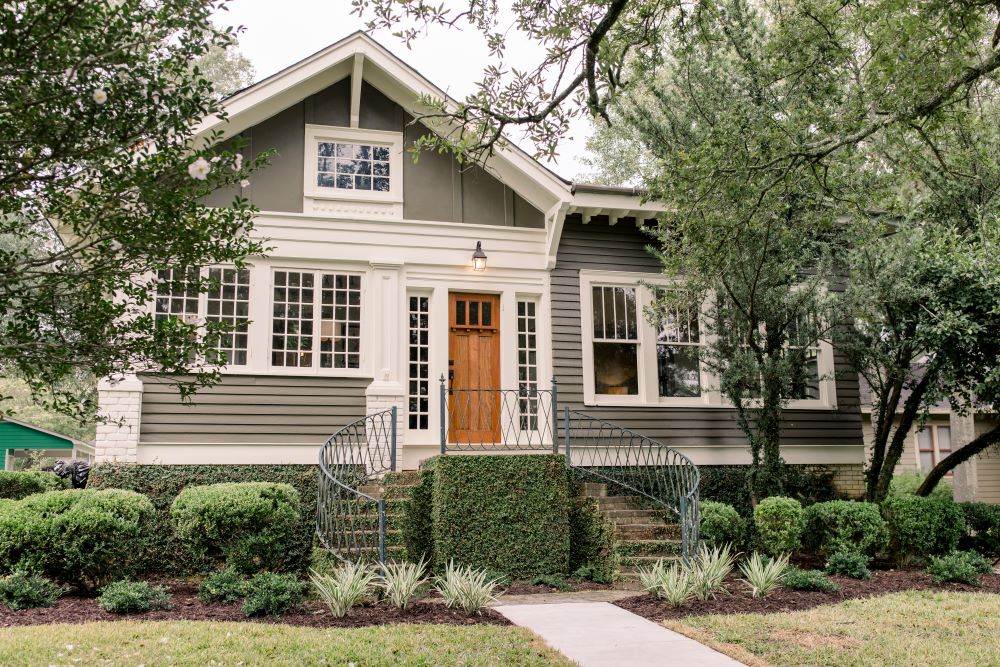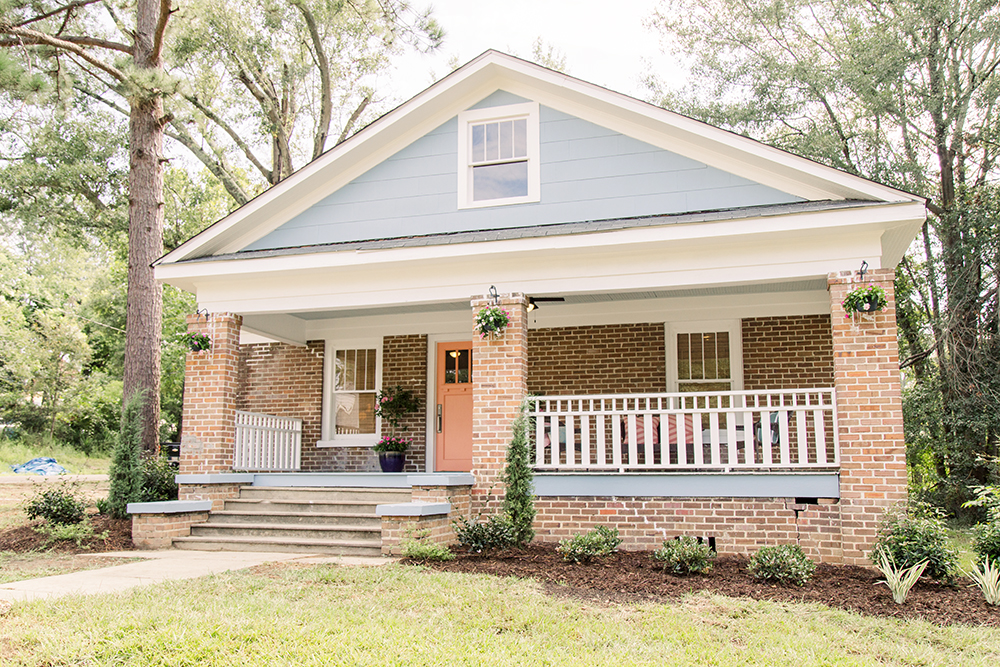It’s hard not to dream of ditching your condo in the big city for a heritage home in the country after watching back-to-back episodes of Home Town Takeover with Ben and Erin Napier. But before making those real estate dreams a reality, there are a few things you should know and a few red flags to look for when buying a historic home.
For more on historic homes and restoration tips from the pros, don’t miss Home Town Takeover every Sunday, 10 p.m. ET/PT, also available on the Global TV App, and on STACKTV with Amazon Prime Video Channels. HGTV Canada is available through all major TV service providers.

Doors and Windows That Don’t Close Properly
Charming creaky floors are one thing, but doors and windows that don’t easily open and shut are a huge red flag. It’s a sign of shifting frames, which could call the home’s structural integrity into question. It’s not an instant write off, but it’s definitely something to bring to your inspector’s attention.
Read more: Kortney and Kenny Rescue A Structurally Unsafe Home With an Uplifting Modern Renovation

The Smell of Mold
Trust your nose! If you think you smell mould, there’s probably mould growing. If the source of the mould is a leak in the home, it’ll need repairing, along with any damage the leak caused, and of course, a major clean up of the mould.
Related: 5 Rooms Scott McGillivray Thinks You Should Focus On – and How it Will Pay Off

Water Stains
Any sign of water stains should be taken very, very seriously because they signal a leak in the home. An inspection can help determine the source and severity of the leak, but repairs can sometimes be costly, so be wary when buying a home.
Read more: How Much Does a New Roof Cost? (And 9 Other Exterior Upgrade Costs)

Rules Around Renovating a Heritage Home
Renovating a heritage home offers the best of both worlds: old school craftsmanship and charm with modern-day comforts. But before you start demolishing anything, make sure you’re up to date on the conditions of renovating a heritage home. Many come with clear guidelines around what can and can’t be altered, and ignoring those rules can incur costly fines.
Watch: Inside DIY Danie’s Renovated (Seriously Amazing!) Farmhouse

Old Roofs
Like the electrical wiring of a home, roofs have a shelf life of about 30-50 years, depending on how well they’ve been maintained. If you can, find out if the home’s roof has been replaced in recent years, and if it hasn’t, you’ll want to factor the replacement costs (anywhere from $10,000 to $30,000) into your budget.
Related: 10 Things First-Time Homebuyers Should Consider Before Buying Property Outside the City
HGTV your inbox.
By clicking "SIGN UP” you agree to receive emails from HGTV and accept Corus' Terms of Use and Corus' Privacy Policy.




